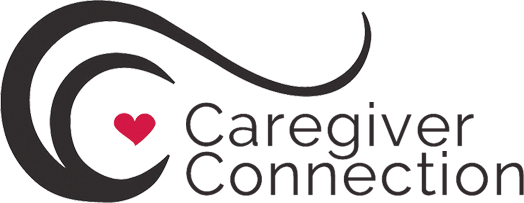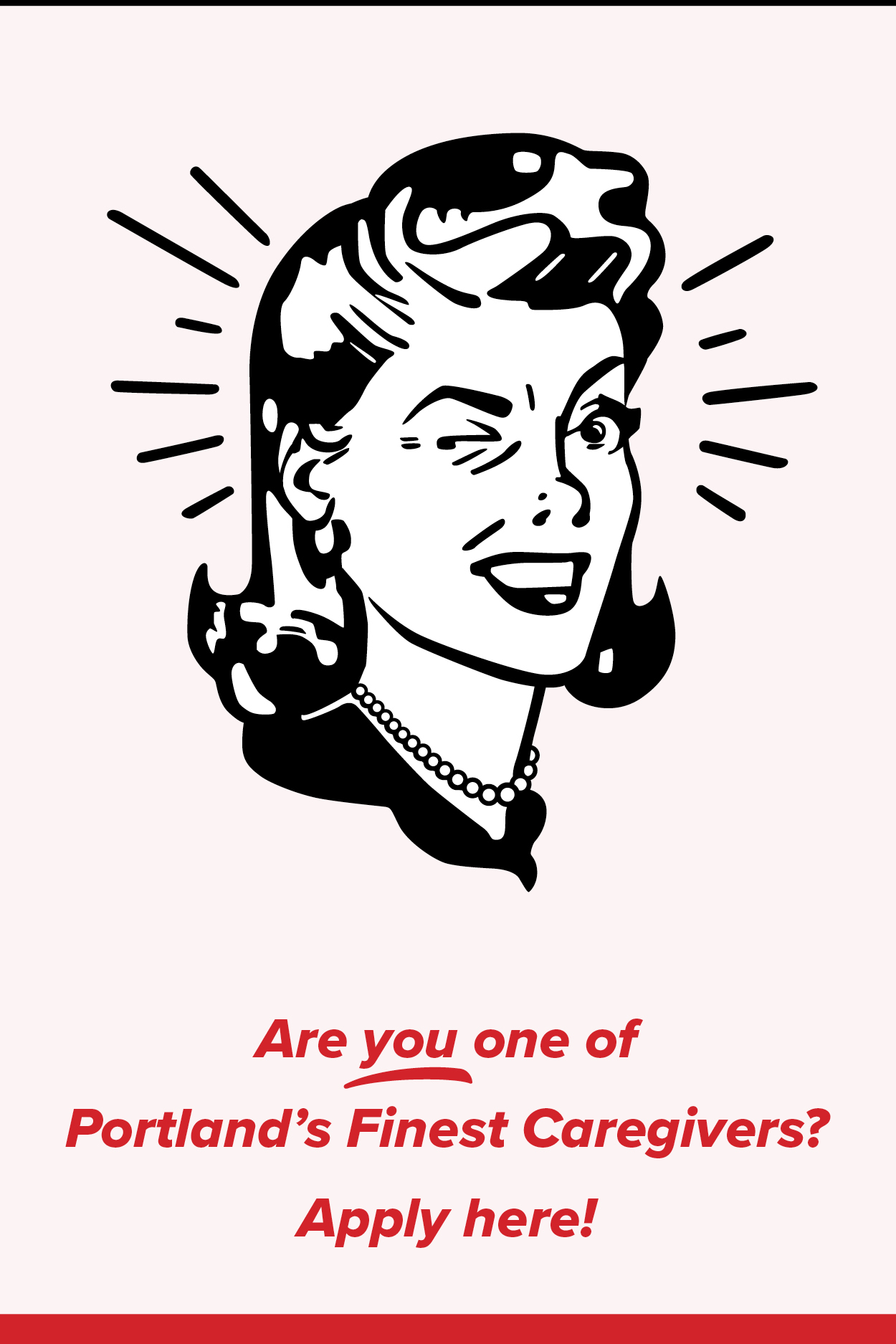Currently, none of our clients or caregivers are known to have the virus.
If you end up caring for someone who does, follow the protocols of their health care provider. Please contact our office right away to discuss. Some helpful hints can be found below.
Thank you,
Micki, Jennifer, and April
Caring for clients showing possible COVID-19 symptoms
These instructions are to be followed IF your client is showing possible symptoms of the virus. While providing in home care, the World Health Organization (WHO) has developed this rapid advice to meet the need for recommendations on safe home care for patients with suspected novel coronavirus (COVID-19) infection who present with mild symptoms and on public health measures related to the management of contacts:
Place the patient in a well-ventilated single room (i.e., with open windows and an open door).
Limit the movement of the patient in the house and minimize shared space. Ensure that shared spaces (e.g., kitchen, bathroom) are well ventilated (e.g., keep windows open).
Household members should stay in a different room or, if that is not possible, maintain a distance of at least 1 m from the ill person (e.g., sleep in a separate bed).
Limit the number of caregivers. Ideally, assign one person who is in a good health and has no underlying chronic or immunocompromising conditions. Visitors should not be allowed until the patient has completely recovered and has no signs and symptoms.
Perform hand hygiene after any type of contact with patients or their immediate environment. Hand hygiene should also be performed before and after preparing food, before eating, after using the toilet and whenever hands look dirty. If hands are not visibly dirty, an alcohol-based hand rub can be used. For visibly dirty hands, use soap and water.
When washing hands with soap and water, it is preferable to use disposable paper towels to dry hands. If these are not available, use clean cloth towels and replace them when they become wet.
To contain respiratory secretions, a medical mask should be provided to the patient and worn as much as possible. Individuals who cannot tolerate a medical mask should use rigorous respiratory hygiene − that is, the mouth and nose should be covered with a disposable paper tissue when coughing or sneezing. Materials used to cover the mouth and nose should be discarded or cleaned appropriately after use (e.g., wash handkerchiefs using regular soap or detergent and water).
Caregivers should wear a tightly fitted medical mask that covers their mouth and nose when in the same room as the patient. Masks should not be touched or handled during use. If the mask gets wet or dirty from secretions, it must be replaced immediately with a new clean, dry mask. Remove the mask using the appropriate technique – that is, do not touch the front, but instead untie it. Discard the mask immediately after use and perform hand hygiene.
Avoid direct contact with body fluids, particularly oral or respiratory secretions, and stool. Use disposable gloves and a mask when providing oral or respiratory care and when handling stool, urine and other waste. Perform hand hygiene before and after removing gloves and the mask.
Do not reuse masks or gloves.
Use dedicated linen and eating utensils for the patient; these items should be cleaned with soap and water after use and may be re-used instead of being discarded.
Clean and disinfect daily surfaces that are frequently touched in the room where the patient is being cared for, such as bedside tables, bedframes and other bedroom furniture. Regular household soap or detergent should be used first for cleaning, and then, after rinsing, regular household disinfectant containing 0.5% sodium hypochlorite should be applied.
Clean and disinfect bathroom and toilet surfaces at least once daily. Regular household soap or detergent should be used first for cleaning, and then, after rinsing, regular household disinfectant containing 0.5% sodium hypochlorite should be applied.
Clean the patient’s clothes, bed linen, and bath and hand towels using regular laundry soap and water or machine wash at 60–90 °C with common household detergent, and dry thoroughly. Place contaminated linen into a laundry bag. Do not shake soiled laundry and avoid contaminated materials coming into contact with skin and clothes.
Gloves and protective clothing (e.g., plastic aprons) should be used when cleaning surfaces or handling clothing or linen soiled with body fluids. Depending on the context, either utility or single-use gloves can be used. After use, utility gloves should be cleaned with soap and water and decontaminated with 0.5% sodium hypochlorite solution. Single-use gloves (e.g., nitrile or latex) should be discarded after each use. Perform hand hygiene before and after removing gloves.
Gloves, masks and other waste generated during at-home patient care should be placed into a waste bin with a lid in the patient’s room before being disposed of as infectious waste.
Avoid other types of exposure to contaminated items from the patient’s immediate environment (e.g., do not share toothbrushes, cigarettes, eating utensils, dishes, drinks, towels, washcloths or bed linen).
When HCWs provide home care, they should perform a risk assessment to select the appropriate personal protective equipment and follow the recommendations for droplet and contact precautions.



